The Woolist talk
“Where did you say you were going tonight?” my husband asked. “You’re going to the theatre without me?”
“I’m going to Theatr Clwyd in Wales to listen to a talk about sheep,” I told him, for the umpteenth time. I knew he hadn’t been listening on any of the occasions that I’d told him about it – it really wouldn’t be his idea of a fun evening! Oh, but it certainly was mine! 😀
It was mid-September and Anne of the Yarn O’Clock yarn shop in Mold had arranged an evening’s talk and workshop with Zoe Fletcher. Known as The Woolist, Zoe has recently been awarded a Doctorate for a practical, research-based project which involved collecting information on the 72 – yes, you read that right – 72! – pure breeds of British sheep. Or, as Zoe says, she’s now a Doctor of Wool!
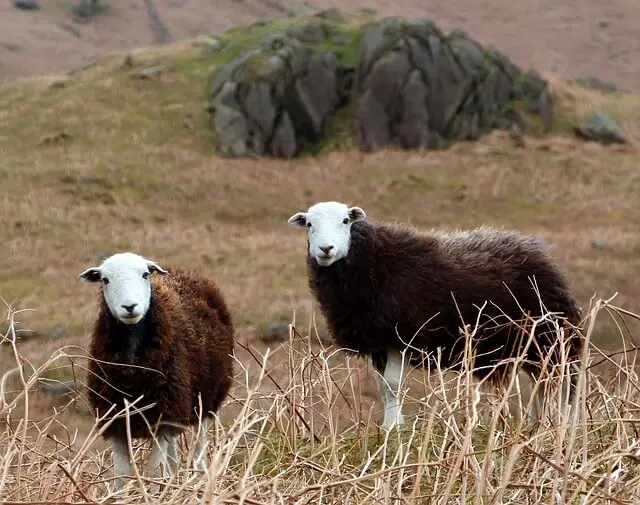
Source: John Perrett from Pixabay
(You might be wondering why I’ve left it so long to tell you about it, and partly that’s because I am more disorganised then I like to admit sometimes, but also because I thought it would be right to leave it until Wovember. Have you heard of Wovember before? It was originally started in November 2011 by Kate Davies and Felix Ford as a way to draw attention to the use of wool in clothing, later involving Louise Scollay of Knit British (now renamed Woolwork), and although the Wovember blog itself closed in November 2017, the celebration of wool in November each year continues. You might have seen the hashtag #wovember on Instagram recently, and I am posting this at the very end of Wovember, but better late than never! 😀)
So – back to my woolly evening. Mold and Theatr Clwyd is about an hour’s drive from Winwick, but I had wanted to listen to Zoe’s talk about sheep for quite some time, so as soon as the tickets went on sale, I snapped one up! Oh, and now that I’ve finished writing this, I need to tell you that it’s a LONG post – I do love my sheepy facts! 😀
The evening began with a small workshop on identifying sheep breeds from their wool. Zoe had five for us to identify …

and we got to do that through comparing the fleece with the spun yarn, looking at the texture and the colour (the brown yarn was the easiest to identify, not surprisingly!). I thought I would be better at it than I actually was, but it was fascinating to see what the answers were! It also reminded me how skilled the fleece graders at British Wool are, as they can identify breeds and grades of fleece simply by touch – it’s no wonder it’s a 3-5 year apprenticeship to become a grader!

Having identified the yarns and the sheep they came from, we each got to make our own identification cards from the samples that Zoe had brought.

These two are Bluefaced Leicester (on the left) and Romney, and if you look at the right hand side of both of the cards, there’s a sample of the fleece for each of them. The Bluefaced Leicester looks like a piece of string whereas the Romney is much more like fluff – and yet the Bluefaced Leicester is the one that becomes the softer yarn! It’s fascinating stuff.
The time passed all too quickly and the audience for the talk, the main event of the evening, started to arrive. I did wonder when I got home why I didn’t seem to have any photos of Zoe giving her talk, but I was too busy making notes and completely forgot! Fortunately, Anne was on the ball!
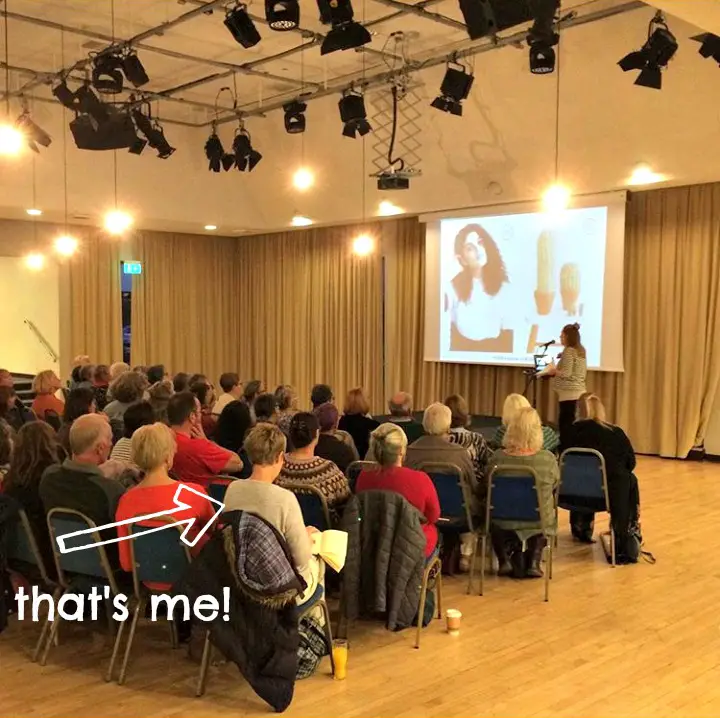
Source: Anne Auckland, Yarn O’Clock
You’ll know if you’re a regular reader of the blog that I’ve got a fascination with no-nylon British yarns and how they work for socks, so I knew that this talk was going to be right up my street and I was looking forward to learning more. I wasn’t disappointed!
Zoe (sporting a huge baby bump 🙂 ), has been immersed in her project for several years now and is hugely knowledgeable about her subject. It’s always interesting to know how somebody ends up in the space that they occupy in life, and Zoe had never intended to become a Dr of Wool!
Her background is in textiles and fashion design, and she studied for both undergraduate and Master’s degrees in the subject. For one of her degree projects, inspired by the sheep that grazed in the fields behind her parents’ house, Zoe decided to use Derbyshire Gritstone fleece. The farmer was very amenable to her using the fleece, even allowing her to get involved in the shearing (she managed to shear three quarters of a sheep!) and then she took the fleece to Paul Crookes who runs the Halifax Spinning Mill to be spun into yarn. Paul asked her, “What do you want the yarn for?” and now, with hindsight, that’s probably the moment that the spark took hold. Zoe had never thought about yarn being spun for a purpose before but it started to become something that she thought more and more about, becoming more interested in where the wool she was using for her studies was coming from and wanting to make conscious material choices rather than simply use what was available to the university department – usually donations of indeterminate background.
From degrees to working life, Zoe worked for ASOS, People Tree, Chantico and Flock as a self-employed knitwear designer – even designing Christmas jumpers for Branston Pickle at one point! However, the idea of finding out about sheep breeds and the possibilities for using the wool stayed at the back of her mind and when the opportunity came to study at the Manchester School of Art for her PhD, Zoe took it. Four years of travelling the UK to track down each of the 72 breeds of sheep, talking to farmers, suppliers, producers, designers and makers followed – and the result is a Designers’ Toolkit of information that anyone can access.
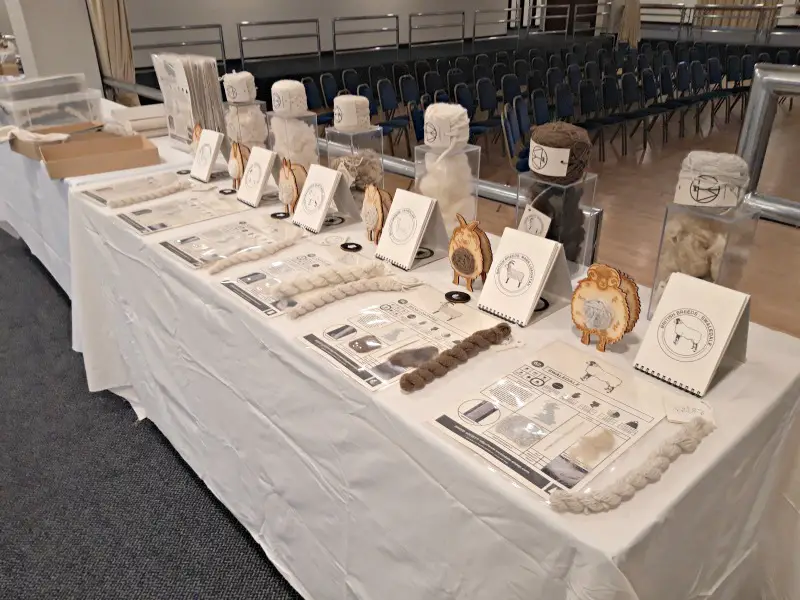
Zoe’s mission was to find out more about “designing for breed”, and the aim of her research was to
- Experiment with new technologies
- Investigate British sheep breeds
- Link the heritage of the wool
No small task, I’m sure you’ll agree!
Zoe started at the British Wool Marketing Board (now renamed British Wool) – I’ve written about what happens to the fleece and the grading system when it comes in from the farms before and you can have another look at that here.
One of the problems with the British Wool system is that there are comparatively so few of the rarer sheep breed fleece that they become absorbed into the main bulk of the fleece that has been received. The grader might identify the sheep – but then that fleece goes into a pile along with others that are similar in category, and the individual characteristics of that particular fleece is lost amongst the rest. It’s no wonder that farmers with smaller flocks are looking more and more to producing their own yarns!
However, British Wool does have a very comprehensive and technical logging system for each of the sheep breeds and that was where Zoe began. She analysed the information and re-wrote it to make it more accessible so that other people could use it; after all, knowing about the breeds means that you can choose the wool to suit your projects.

What a designer or maker actually needs to know is the lustre (the natural shine, the way it will absorb dye), the crimp (the elasticity of the fibre and how it will perform when it’s made into something), the staple (the length of the fibre which determines how best it can be spun and how it will feel after it’s been spun) and the colour, and this was the information that Zoe wanted to find out more about.
Here are all the colours of the yarn – the lights in the theatre weren’t the greatest for taking photos, but you can still see there’s a wide variety!
Armed with her samples, it was time for Zoe to get her show on the road, taking the samples out and about to shows and festivals and asking people to give their views on “handle” (what the yarn and fleece feel like) and, more importantly, finding out where the sheep might be so that she could add to her collection! The very last sheep breed that she found (“a nightmare to find”) was the Vendeen, finally tracked down in Dumfries!

Each of the breeds has it’s own information card showing where the sheep are located, what the fleece feels like and what the yarn might be best suited for, amongst other facts. It’s such a tactile project, you really can’t resist touching it!

As part of her data collection, Zoe wanted to be able to connect technology with heritage. She didn’t just want to have the basic information available – she wanted to be able to document every aspect of the fleece so that it would be there for future generations, but also so that it would offer an opportunity for people to connect with local fibres. Her belief is that heritage plus new technology plus quality and connection gives a greater desirability, and I think that’s true.
We’ve only got to look at our own buying choices now – I get asked so many times “What’s the softest sock yarn?” and I can tell you that – but I can also tell you that the softest yarns aren’t the most hardwearing so you’d be better to consider this particular yarn or that particular yarn depending on where you want to wear your socks. We don’t think twice about that now, so why should it be any different for jumpers (sweaters) or hats – or anything we want to create? Knowing the breed characteristics allows you to make more informed choices, whether you’re a crafter or a commercial industry. With 72 choices, there’s got to be at least one to suit every purpose!
Part of Zoe’s research involved taking photos of the fibres under very powerful electron microscopes. This is an Oxford Down sheep yarn under x70 magnification.
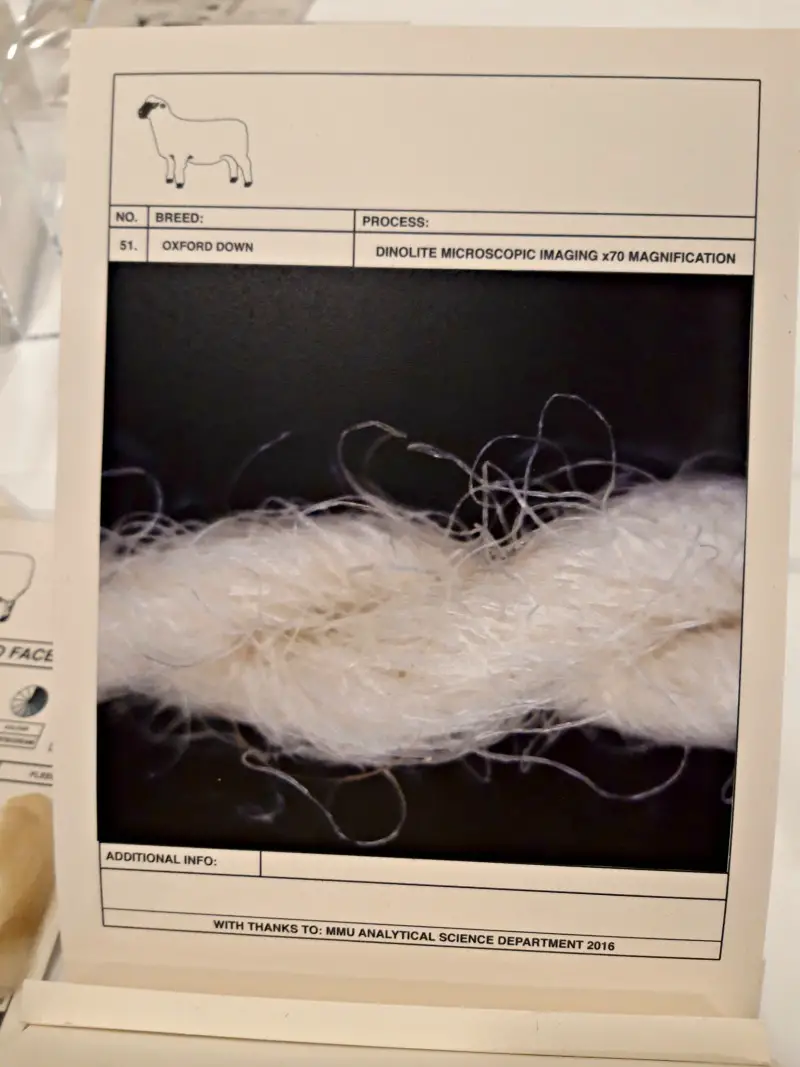
The photos increase in strength to the point where you can see the make-up of individual fibres and the scale structure. This is a fibre from an Ile de France sheep – it looks like a human hair, doesn’t it?

You might wonder if we actually need to know about scale structures – and the answer is yes, we do! It’s the scale structure that determines how you’re going to looks after your yarn and your finished garments. Zoe’s explanation of the scales is to imagine that they’re like stacking plant pots – once you agitate the stack and they get stuck together, they’re not coming apart again – and that’s what happens to your yarn when it’s washed in the wrong conditions. You might be able to reverse some of the damage, but it’s never going to be the same again.
Incidentally, I don’t know if you know this, but because those scales are so similar to human hair, if you have itchy woollen jumpers, you can soak them in water with a little hair conditioner and it smooths the scales in exactly the same way that it does the hair on your head. Clever, eh? And whilst we’re talking about scales, the Superwash process that you might be familiar with from some yarns removes all those scales so there’s no chance of those pots stacking at all. That’s what makes them safe for washing machines, and also what makes them brilliant for hand-dyeing.
During the evening, I also discovered that it’s possible to ask the scourers to leave a percentage of lanolin in the fleece when it is being cleaned. Often, when people say they have a wool allergy it’s actually a reaction to the lanolin (which is why Superwash yarn suits some people who are sensitive to wool because there’s no trace of the lanolin left), but apparently yarn that’s destined for machine knitting is better with lanolin left in as the grease means that the yarn slides along the machinery better. And did you know that the tough fibres that you find from time to time in your yarns – those ones that look like the grey hairs you find on your head sometimes; different in texture and colourless – are called kemp? The fleece cleaning process usually gets them out before the yarn is even spun, but you do still get the odd one coming through. This is what I love about talking with people who really know their stuff – the incidentals that add colour to something that you might think you already know everything about!
Today’s technology also allows you to scan a piece of yarn and show how it would look knitted up. Zoe was able to use the computer software developed by Shima Seiki as part of her project – have a look here on the company website to see how it works! This meant that as well as having her practical toolkit – pictures of the sheep, mini skeins and information, a knitted swatch, data sheet samples on handle, micron count etc and data books – she has also been able to develop a digital version of the commercial level data, and you can see more on that here at The Woolist website.

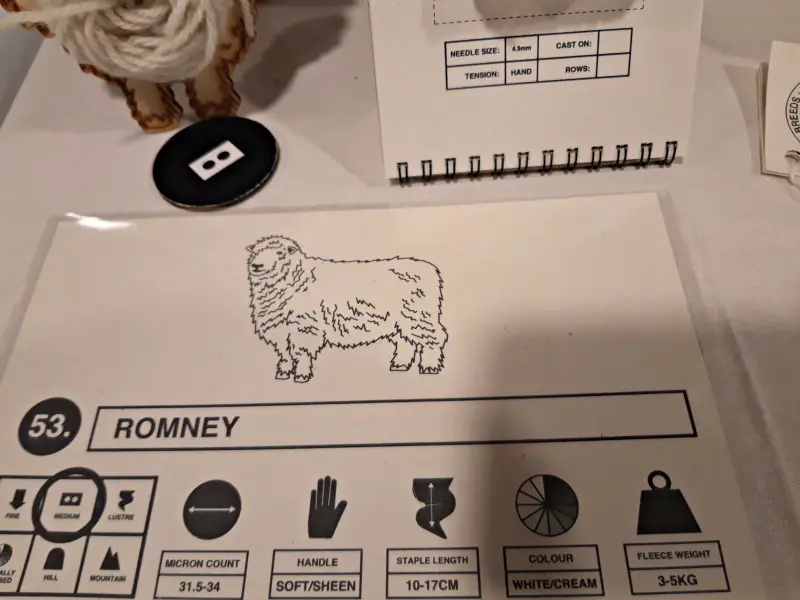

What you’ll also find on the website, and this is what makes this project so useful to everybody who takes an interest in what they are knitting, is that it is possible to filter the breed information so that you can look up any of the 72 breeds of sheep and see what their yarn would be best suited for. Seen something in a yarn shop but not sure if it suits your purpose? This could be the information you need!
Zoe’s project culminated in an exhibition at the Manchester School of Art in 2017, and now she hopes that her work will give people more informed choices and even filter into the show fashion system. It might mean that some clothing becomes more expensive, but it will come with a provenance which is important to many people – and you’ve only got to look at that skein of yarn you bought when you were on holiday as a souvenir to know that there’s more of an attachment to the yarn if it’s comes with some kind of experience or, in this case, knowledge.
Once the talk was over, there was an opportunity to have a good look at Zoe’s samples and project books. So much work! It was lovely to see so many people with small flocks who wanted to talk to Zoe too; she’s lovely and very approachable, and always happy to offer advice on what to do with the fleece. You can contact her through the website if you’re also someone with a small flock of sheep.

Derbyshire Gritstone are Zoe’s favourite sheep!






I couldn’t resist buying the poster of all the sheep breeds – all drawn by Zoe …
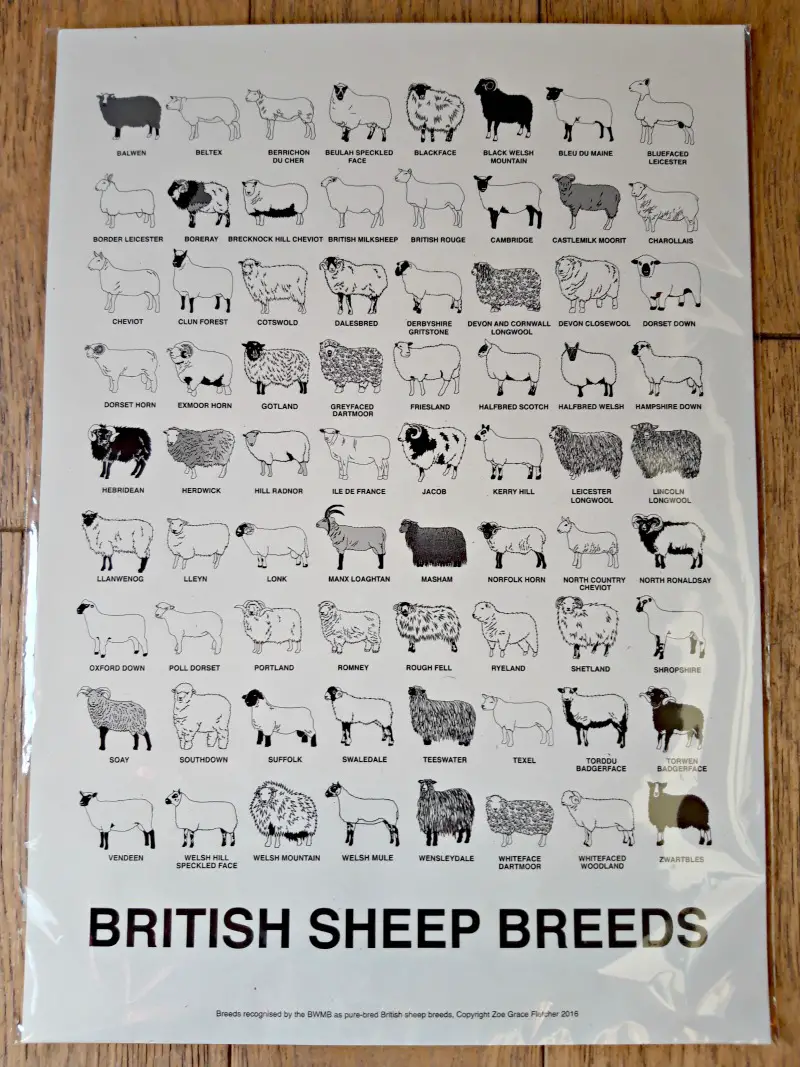
It’s a good job nobody has ever asked me to draw sheep because they certainly wouldn’t look like identifiable breeds! 😀
These evenings always come to an end before you want them to, don’t they? I had such a good time and I loved hearing about the sheep and Zoe’s research so if that’s your thing too and you’re able to catch her talk at any time, I highly recommend it!


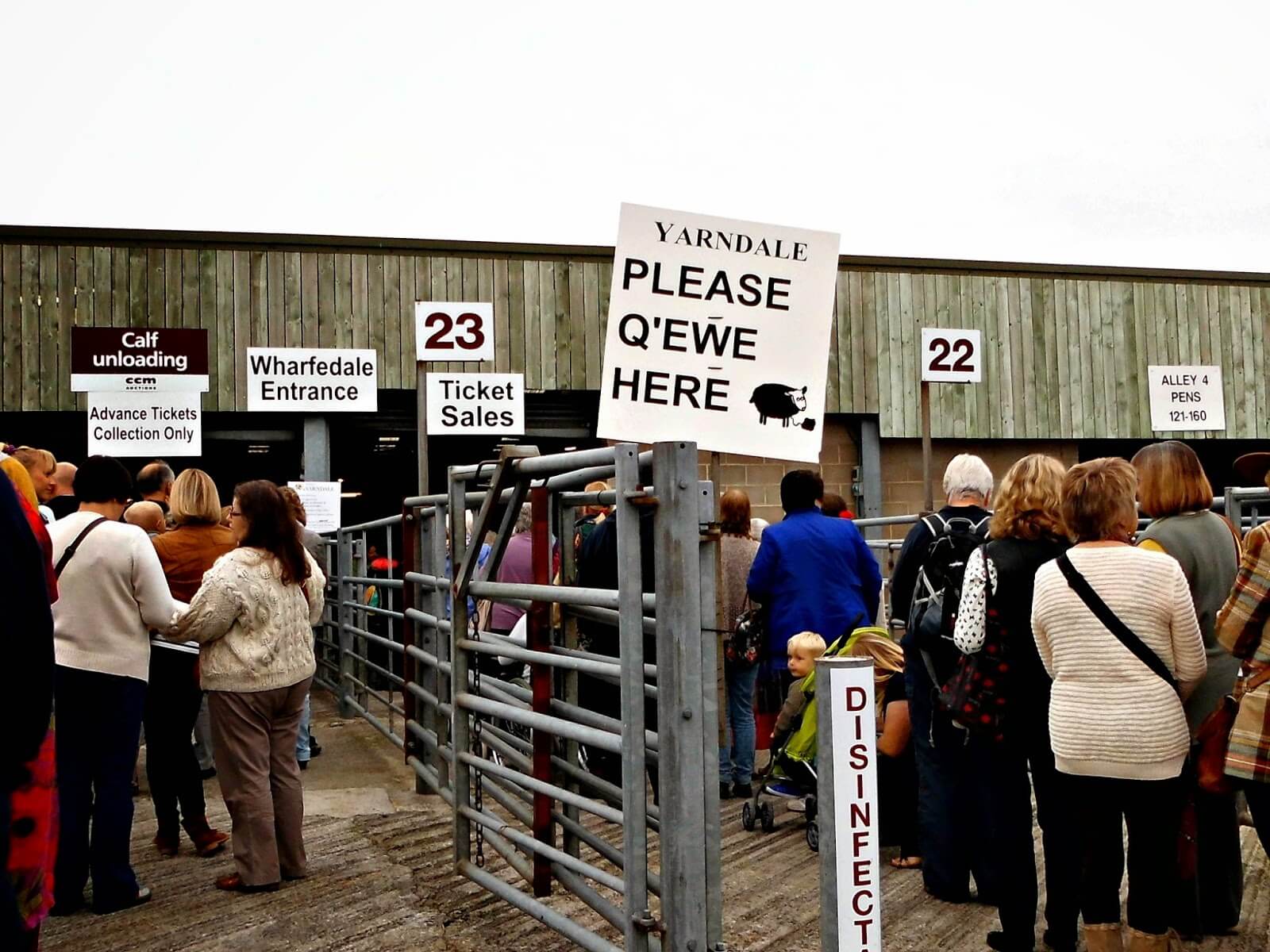
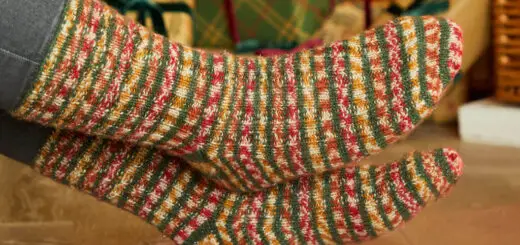
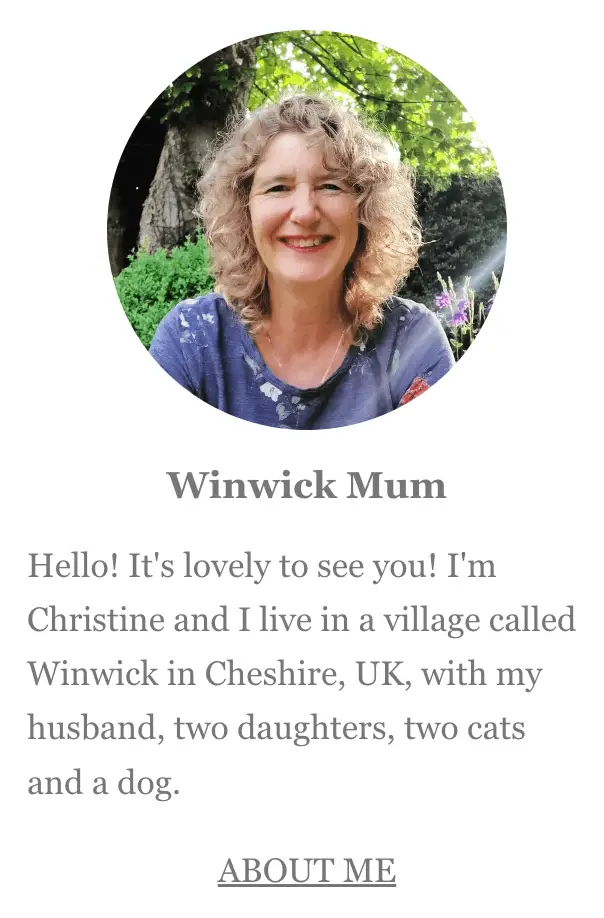

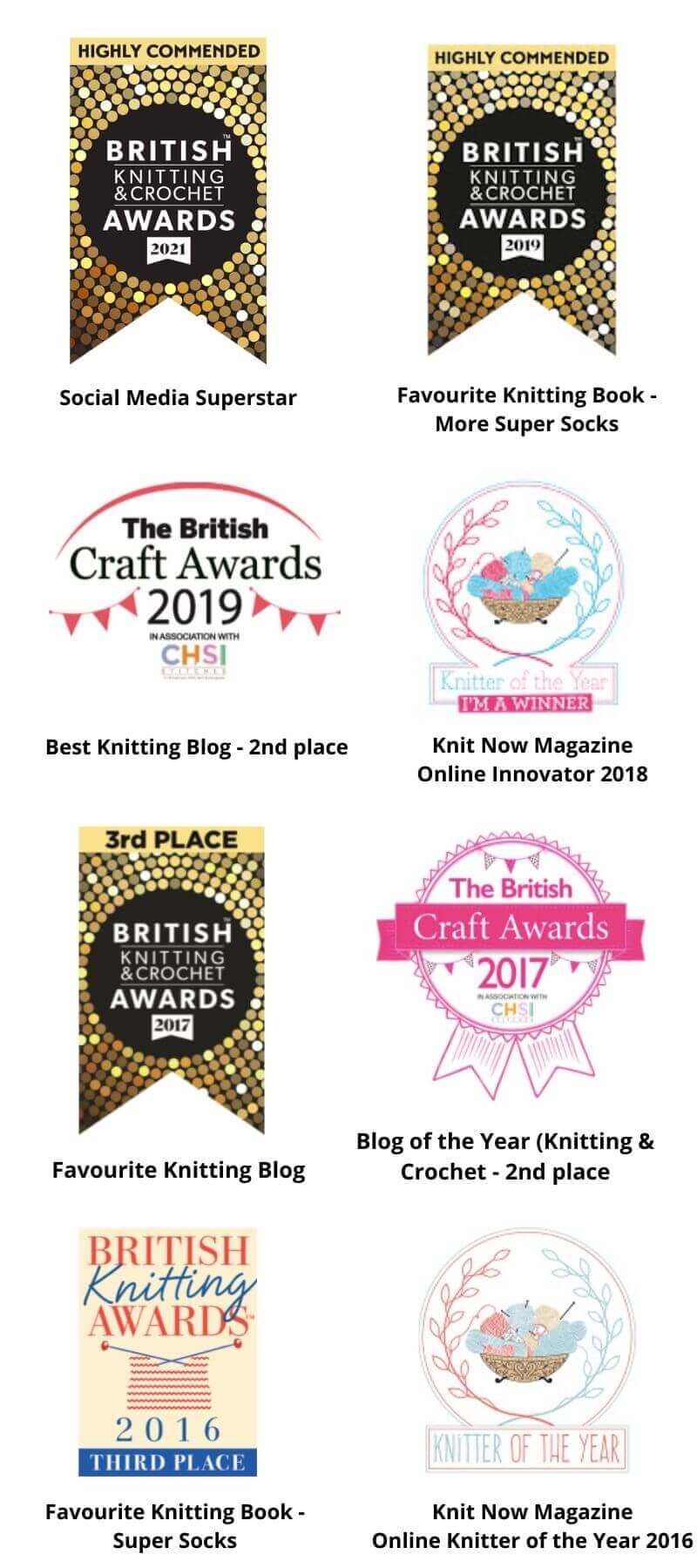

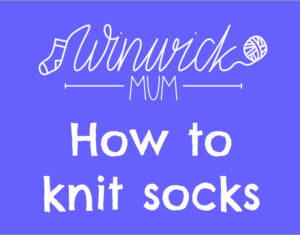

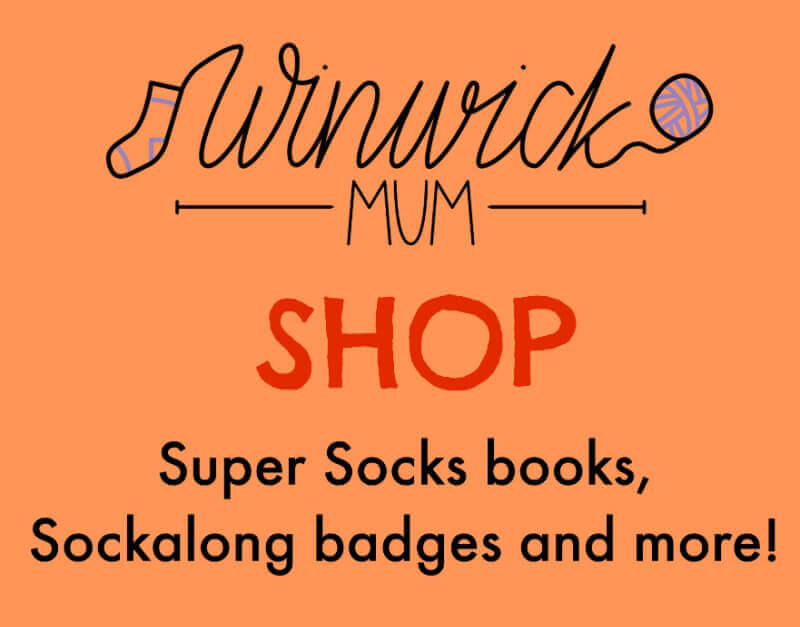
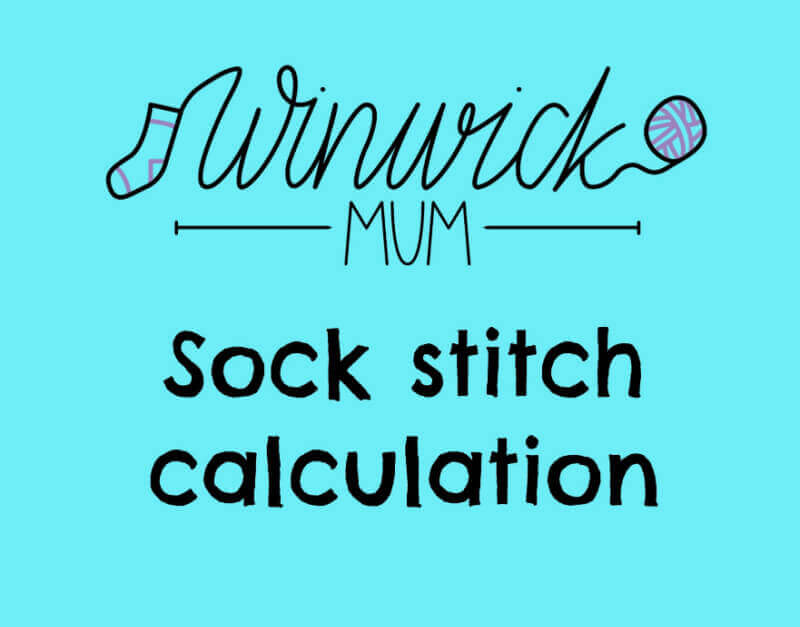

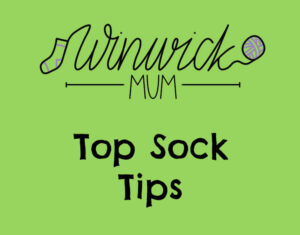
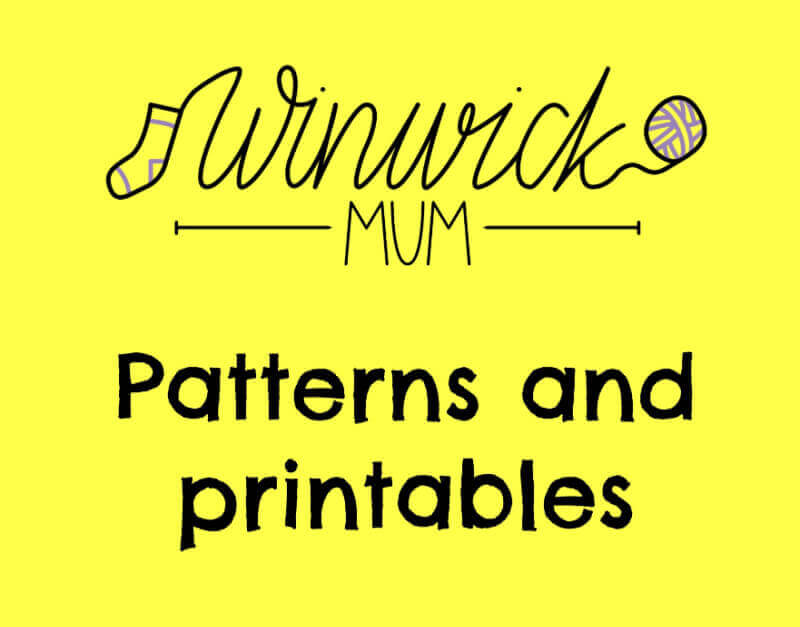
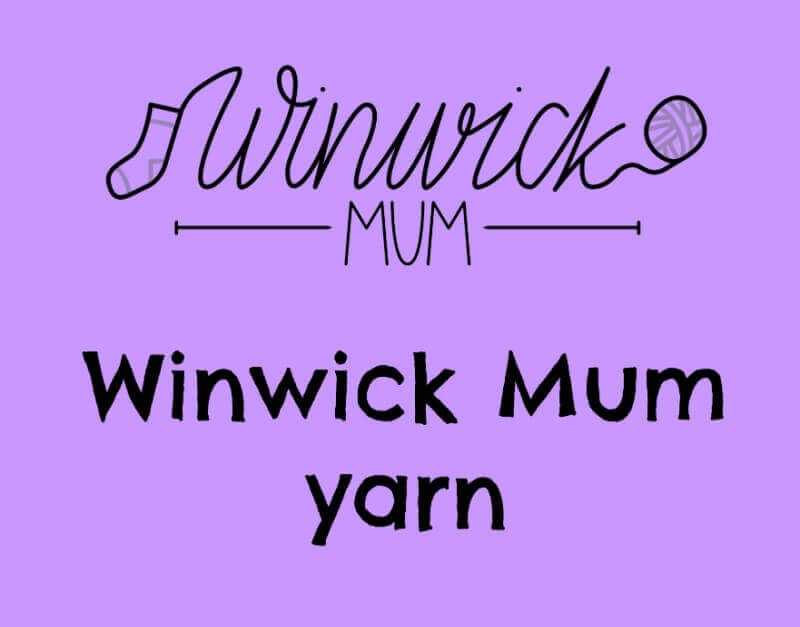
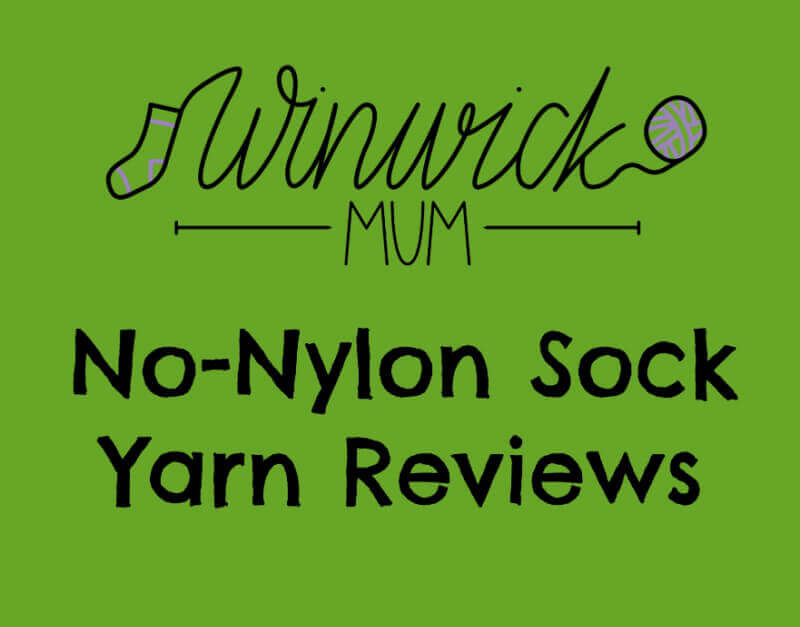
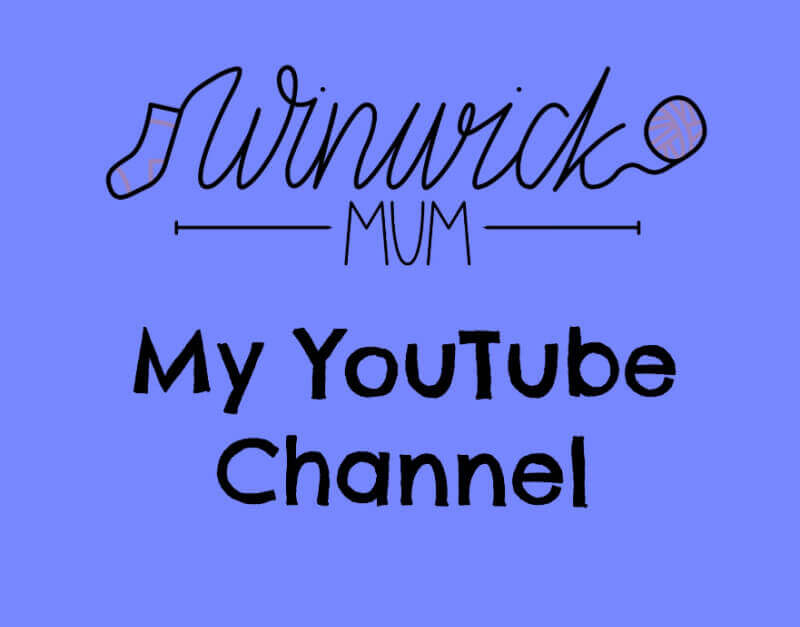
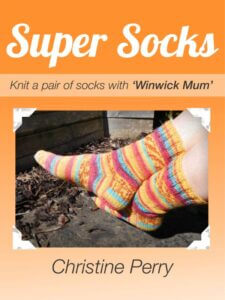
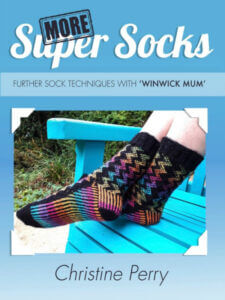


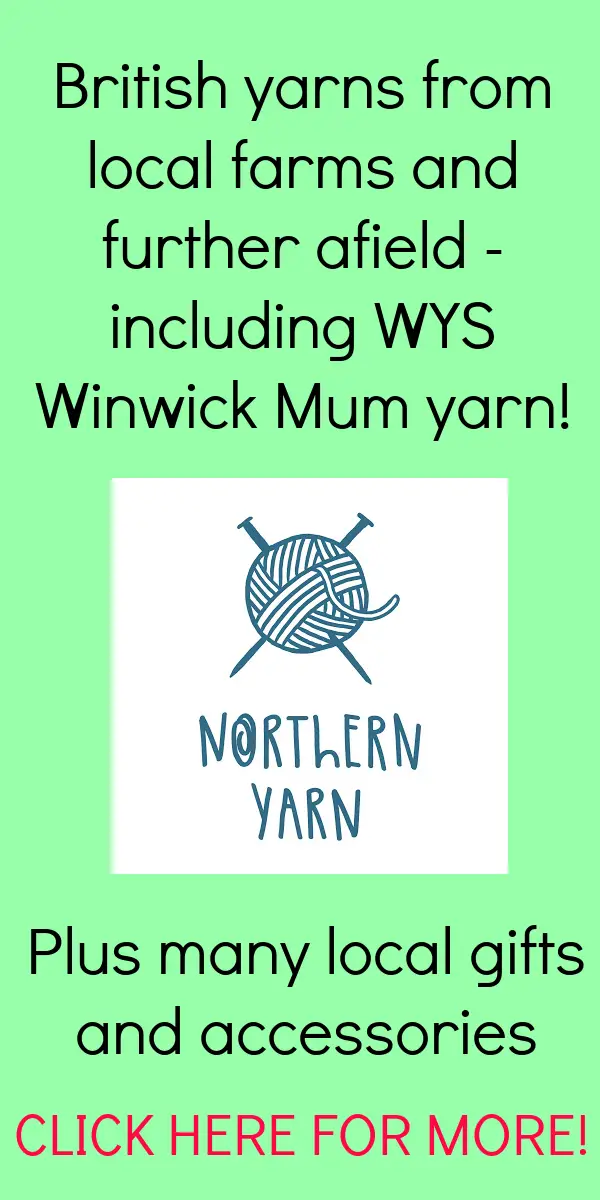

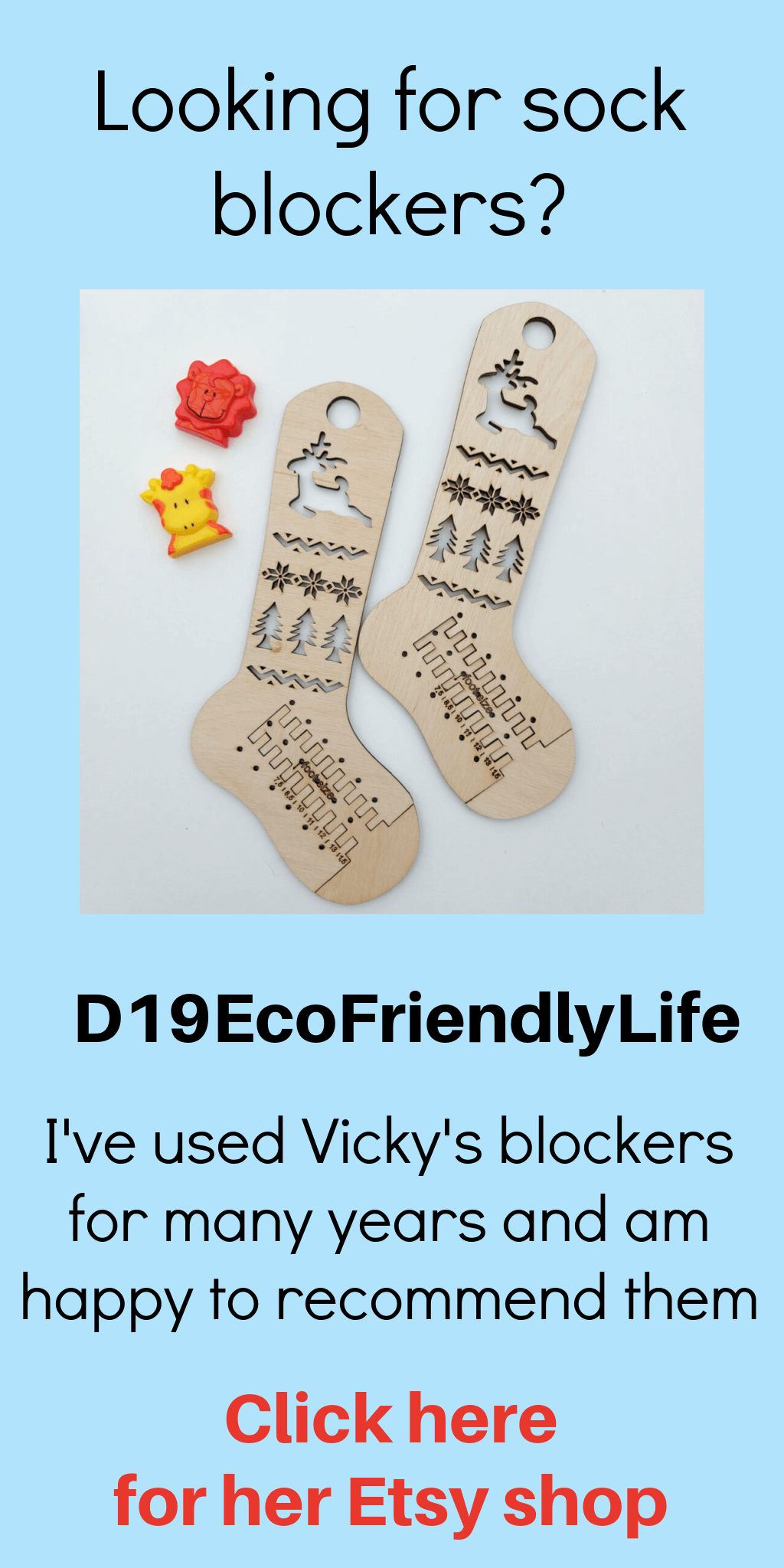
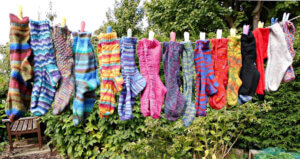
Oh!! Fabulous! One talk I would have LOVED to have been to! Thank you for sharing your experience!
A brilliant resume of a fascinating talk! Love the photos and the poster is wonderful!!
Fascinating! Thanks for letting us share your evening. So many sheep breeds and such different wool colours/properties. I'll look at sheep with a different eye now! xx
Sounds amazing. I would have loved to have been in the audience. So much information, thank you for taking the time to share it with us.
Fabulous post Christine, thank you.
I would have loved this too, so interesting. Now living in mid-Wales I've been wondering where to get Welsh wool to knit with. Theatr Clwyd is only an hour from my home – wish I had known about it. Must now go up to Mold to visit Yarn O'Clock.
Fascinating! Thank you so much for sharing!